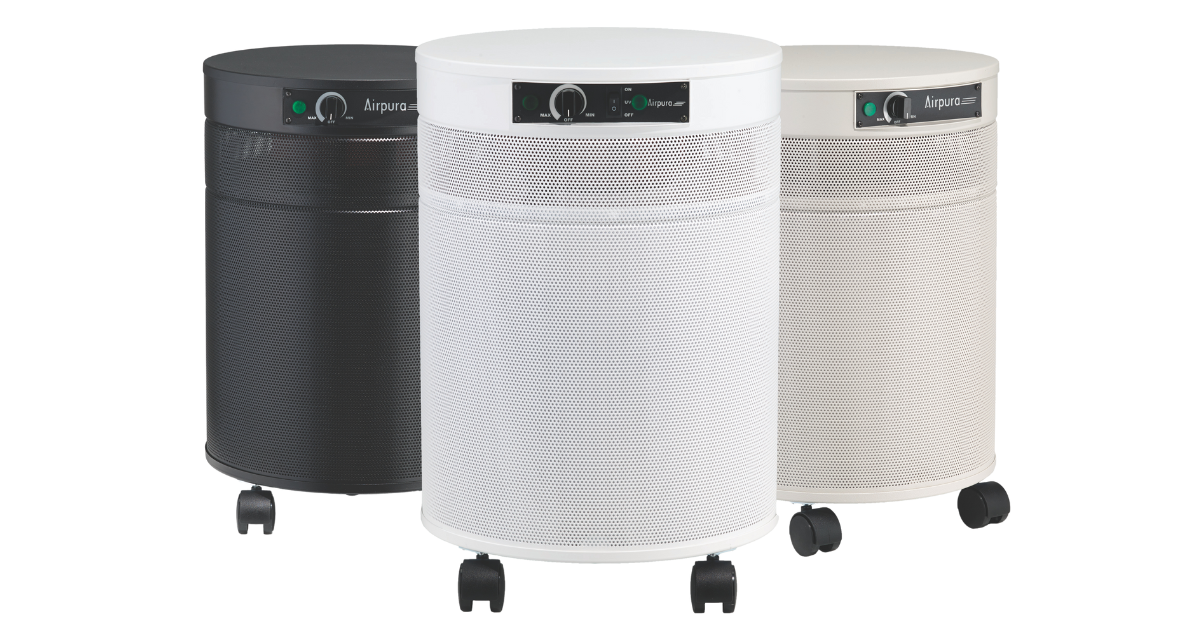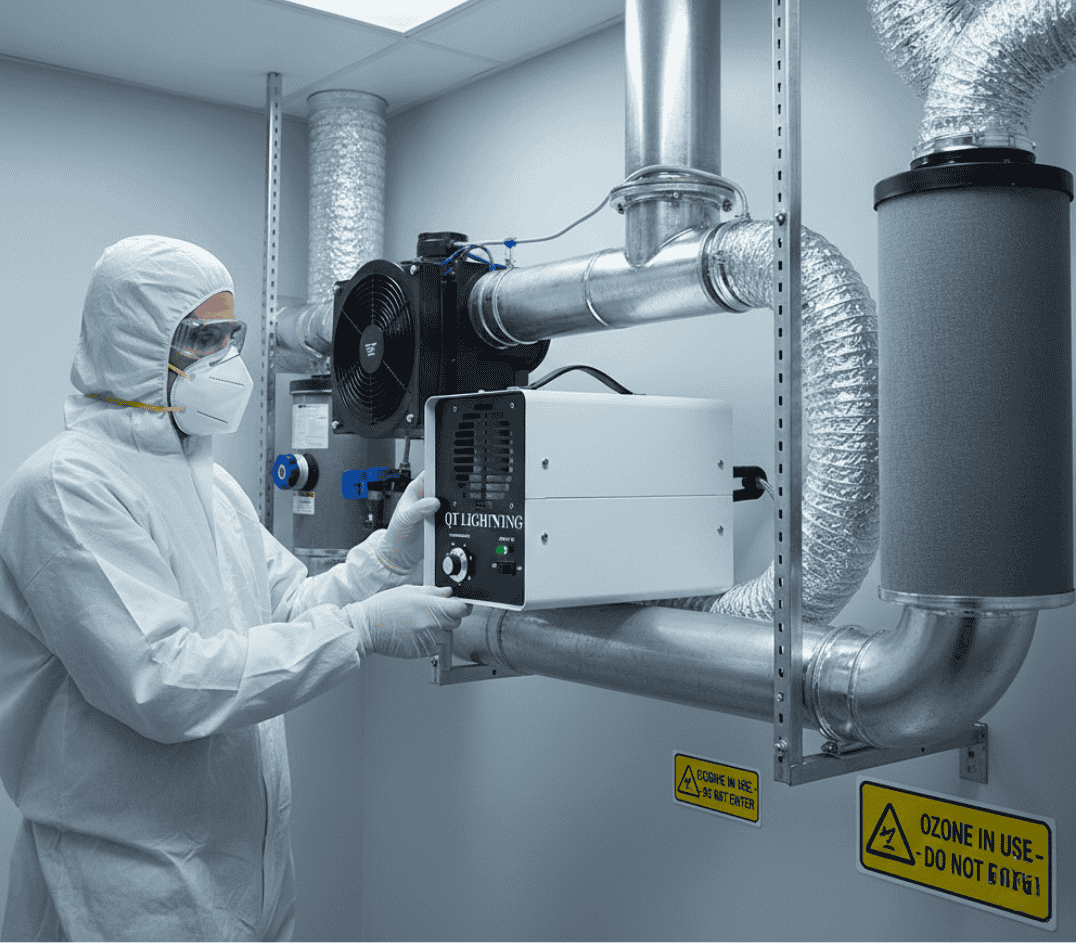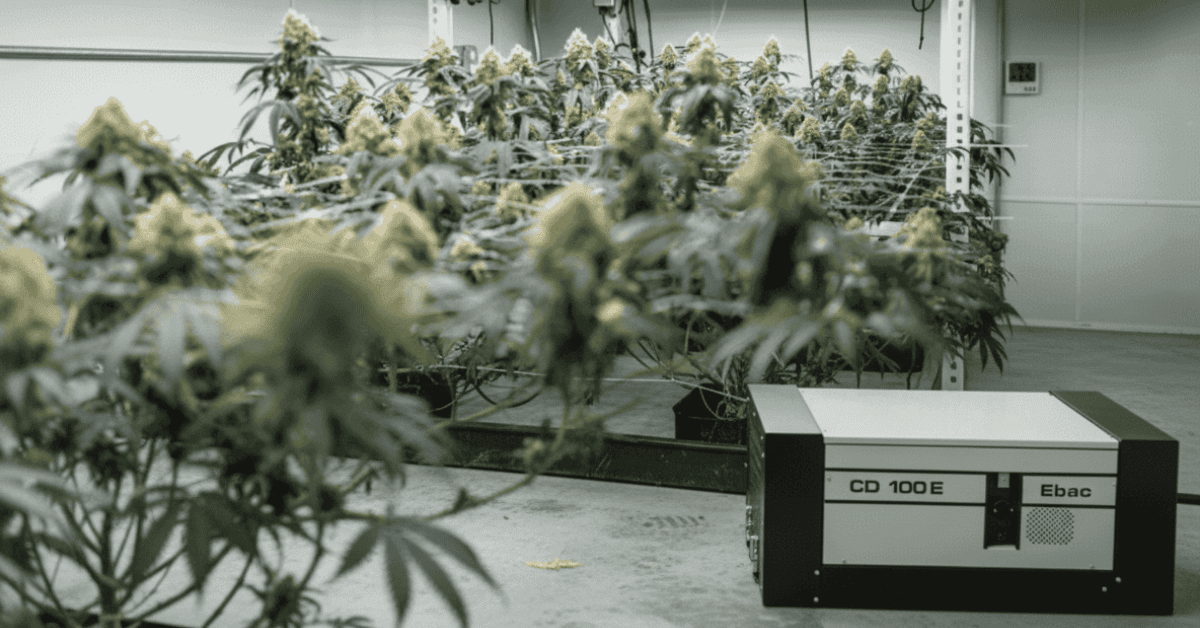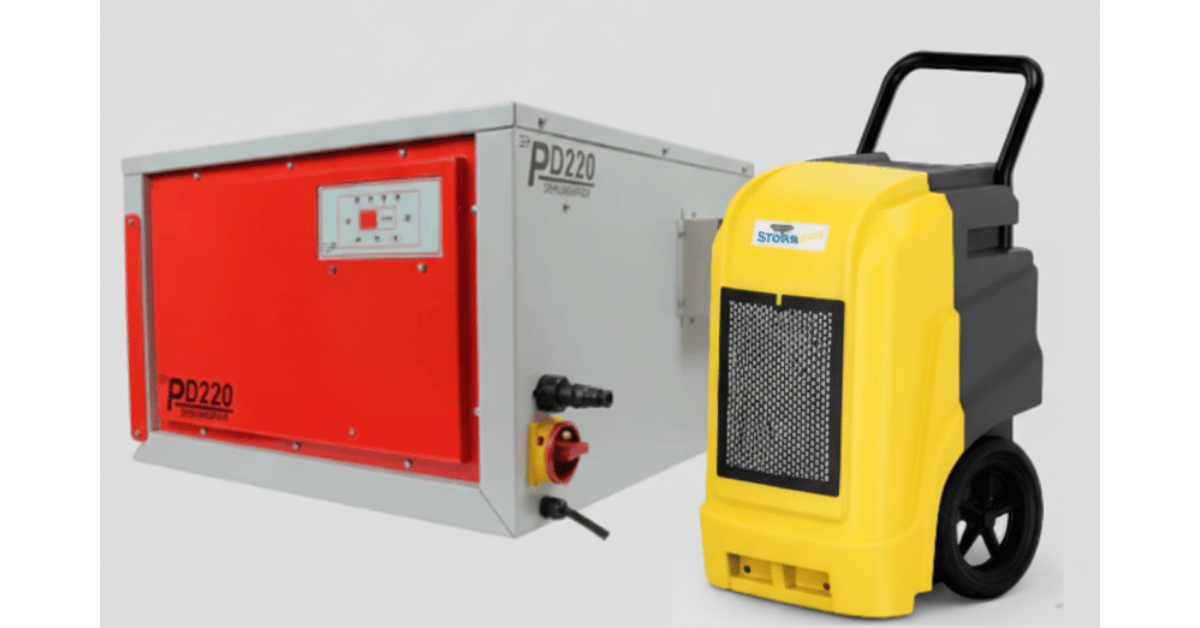Imagine you’re in a room full of invisible particles—tiny bits of dust, smoke and other unseen stuff. Breathing in this polluted air can make us feel sick, tired and even foggy headed.
Air quality in the United States remains a pressing issue. That's according to the American Lung Association's "State of the Air" report. In 2024, it found that nearly four in ten U.S. residents—around 131 million people—are breathing in unhealthy levels of air pollution. The Environmental Protection Agency reported last year that 66 million tons of pollution went into the atmosphere. That's a big contributor to the formation of ozone and particulate matter. Some areas are actually getting worse. Take the Upper Midwest and Northern California. Both have seen big jumps in fine particulate matter (PM2.5) in recent years. That's bad news for the people living there. Those numbers really drive home the need for better air quality management and pollution-cutting strategies across the country.
.png?width=1890&height=1890&name=Home%20%26%20Commercial%20Smoke%20Eater%20Air%20Filtration%20Systems%20(1).png)
Clean Air in Schools
Studies show that cleaner air in classrooms makes a big difference in student performance. For example, a study in Los Angeles found that installing air filters resulted in a 0.20 standard deviation gain in math scores and 0.18 standard deviation gain in English scores. That’s equivalent to reducing class sizes by a third.
Another study found that doubling a school’s ventilation rate from 7.5 cubic feet per minute per person (cfm/person) to 15 cfm/person resulted in an 8% gain in academic performance.
Clean Air at Work
Clean air isn’t just good for students; it’s good for work too. Exposure to indoor air pollutants has been linked to headaches and concentration problems which can reduce work performance. By installing good air filtration systems, workplaces can reduce these pollutants and have healthier employees and better productivity.
Air Purifiers at Home
At home, clean air is key to overall health. The Environmental Protection Agency (EPA) estimates that up to half of all schools have indoor air quality problems which can lead to drowsiness, headaches and concentration problems. These findings prove that clean air is important in all indoor environments including our homes.

Clean air in schools, workplaces and homes is not a luxury—it’s a necessity for our health, cognitive function and overall well being. Air filters and purifiers are the tools we need to create environments where we can learn better, work more and live healthier.





